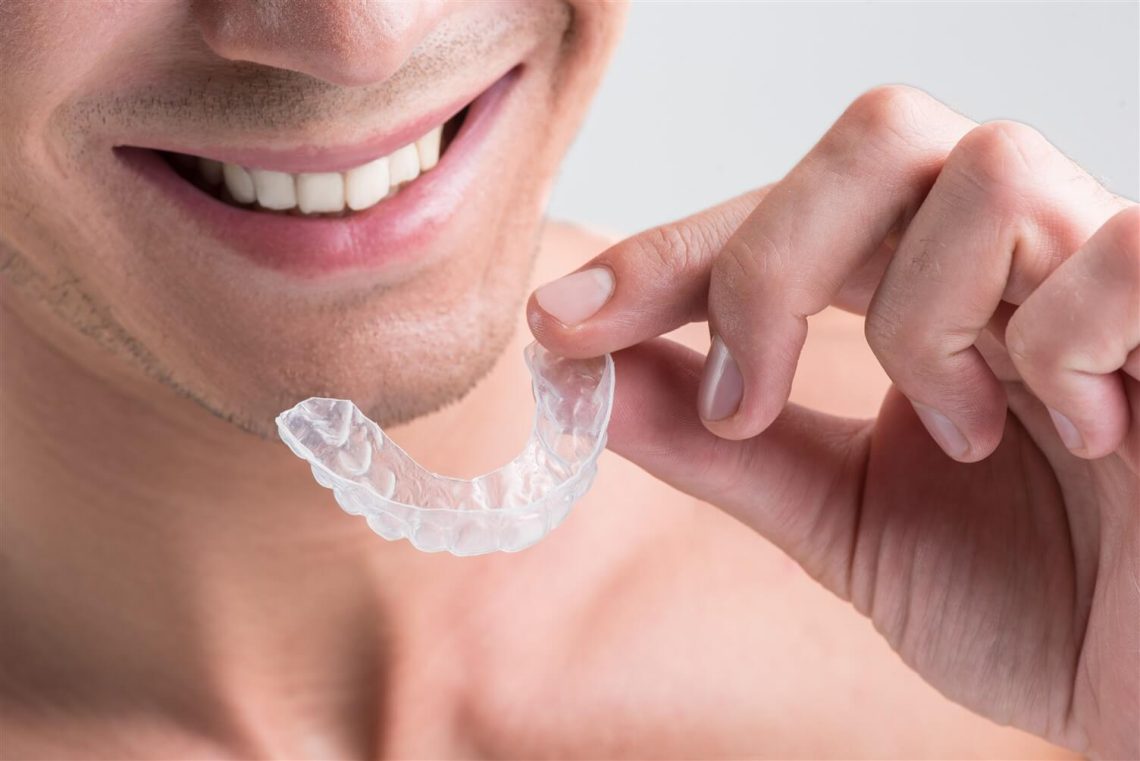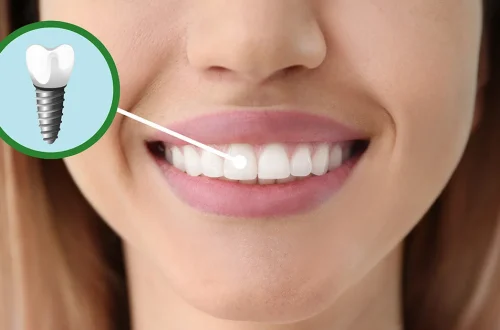Introduction: The Evolution of Orthodontics
The world of orthodontics has experienced a transformative shift with the advent of modern technology and advanced material sciences. Traditional metal braces, once the mainstay of orthodontic treatment, are increasingly being replaced by innovative options like Invisalign. This cutting-edge approach offers a more discreet and comfortable alternative for those seeking to enhance their smile. Particularly in metropolitan hubs such as Invisalign Sydney, this method has gained significant popularity. But what exactly sets Invisalign apart, and how has material science contributed to its success?
Understanding Invisalign Technology
Material Innovation
At the core of Invisalign’s functionality is the use of advanced materials that offer both flexibility and durability. The aligners are crafted from a specialised thermoplastic material known as SmartTrack, designed to apply gentle pressure to teeth, gradually guiding them into the desired position. This material was developed through extensive research and testing to ensure it withstands the demands of daily wear while remaining virtually invisible.
Recent studies have highlighted the importance of material innovation in orthodontics. A comprehensive review is available on the role of materials in modern orthodontics, emphasising how strategic material selection can significantly enhance treatment outcomes.
Customisation and Comfort
One of the primary advantages of Invisalign is its customisation capabilities. Using advanced 3D imaging technology, orthodontists create a detailed map of the patient’s teeth structure. This allows for the design of aligners uniquely tailored to the individual’s dental anatomy, ensuring a snug fit and maximising comfort. Additionally, because the aligners are removable, patients can maintain their oral hygiene routine without interruption.
- Personalised treatment plans
- Improved comfort and fit
- Enhanced oral hygiene
The Impact of Advanced Material Sciences
Research and Development
The development of Invisalign aligners is a testament to the significant strides made in material science. Researchers have delved deep into the properties of various materials to create aligners that are not only effective but also aesthetically pleasing. According to an article on innovative materials in dental technology, these advancements have allowed for the production of aligners that are more resilient and adaptable to different orthodontic needs.
Educational Progress in Orthodontics
As technology evolves, so does the educational curriculum surrounding orthodontic practices. Institutions are now incorporating advanced material sciences into their programs, ensuring that new generations of orthodontists are well-versed in the latest technologies.
- Increased focus on material sciences in education
- Improved patient outcomes through innovative materials
- Broader applications of new technologies in orthodontics
Conclusion: The Future of Orthodontic Treatment
As the field of orthodontics continues to innovate, Invisalign remains at the forefront of this evolution. Its ability to combine comfort, aesthetics, and efficiency has made it a preferred choice for many, particularly in urban areas like Sydney, where individuals seek modern solutions for their dental needs. With ongoing advancements in material sciences, the future of orthodontic treatment looks promising. As these technologies continue to develop, patients can look forward to increasingly effective treatments that cater to their individual needs, paving the way for a brighter and more confident smile.
Any surgical or invasive procedure carries risks. Before proceeding you should seek a second opinion from an appropriately qualified health practitioner.




